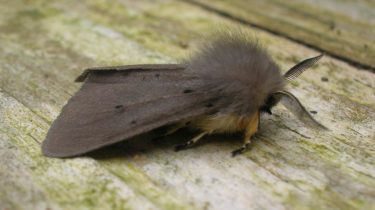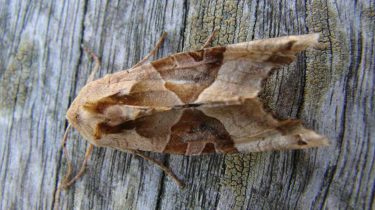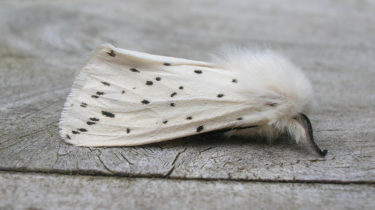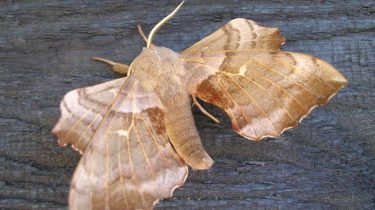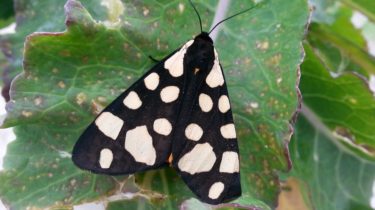Moths
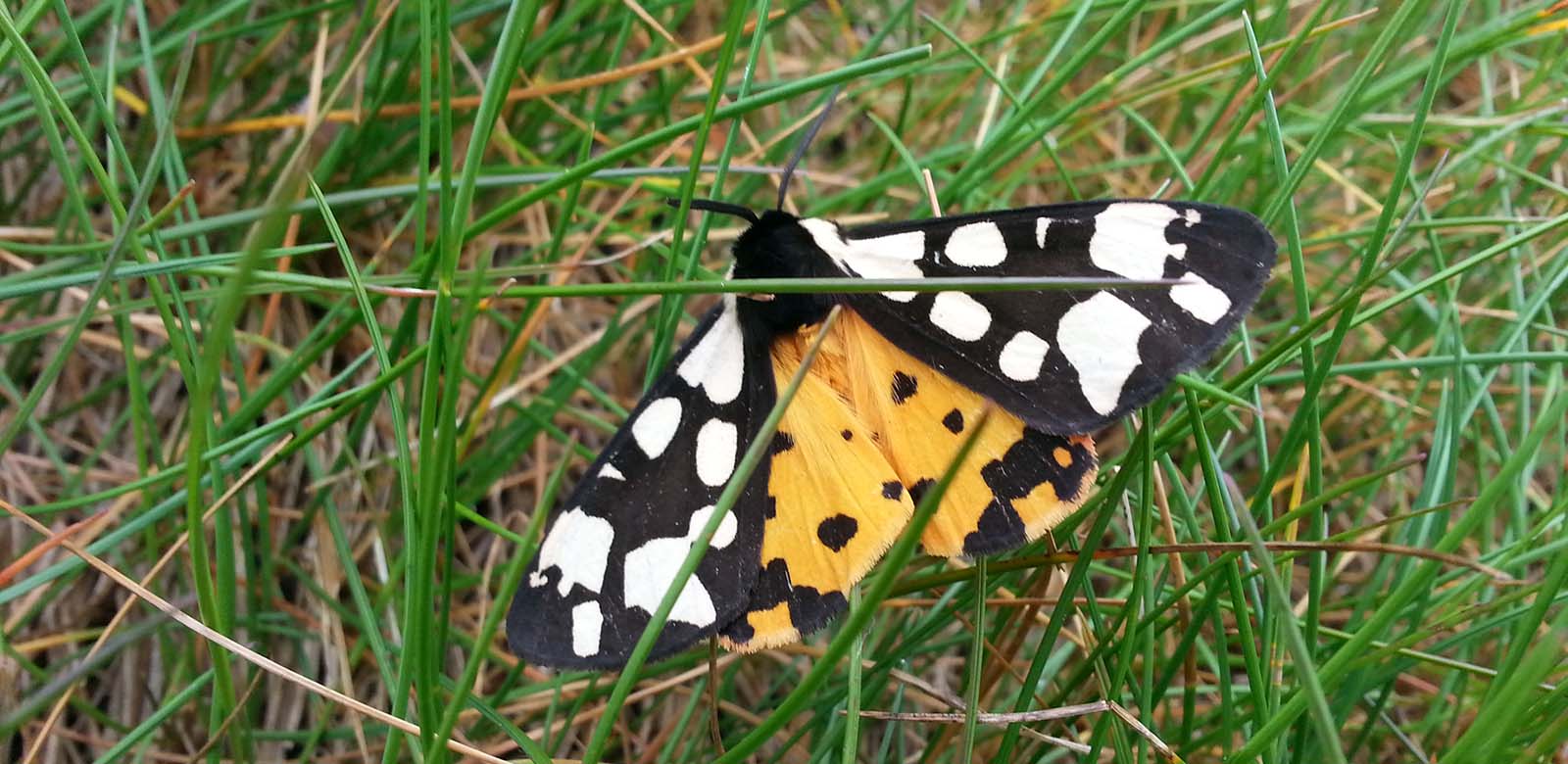
Samphire Hoe: a vital habitat for moths
Samphire Hoe is home to 380 species of moths, including 5 featured in the UK Biodiversity Action Plan.
Moths have an important but often overlooked ecological role of dispensing pollen over large distances under the cover of darkness. Moths act as ecosystem service providers.
Moth trapping sessions are regularly organised at Samphire Hoe and quite successful as 30 different species of moths can be recorded in only a couple of hours.
Moths are much more than just butterflies without make-up. If you thought all moths were only brown and only headbutting your lightbulb, then think again!
Magical photos of moths at the Hoe
30 species of butterflies have been recorded at the Hoe according to seasons.
More informationDiscover the 220 species of birds including resident, migrant birds and summer or winter visitors.
More informationDiscover some other insects which can be found on the Hoe such as dragonflies and damselflies and beetles.
More information
